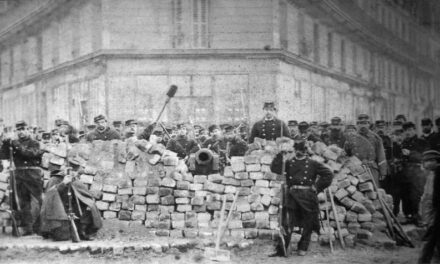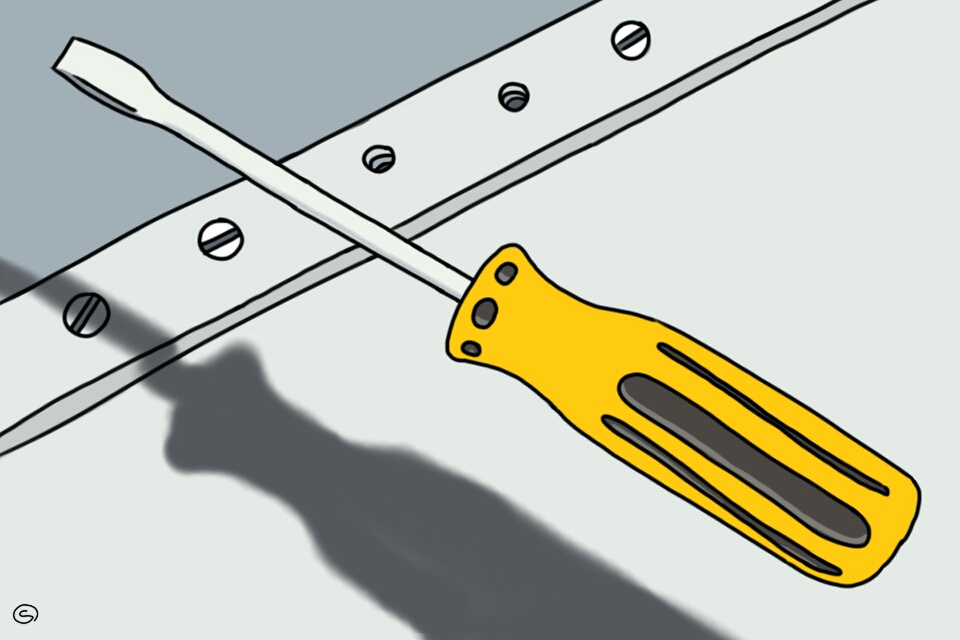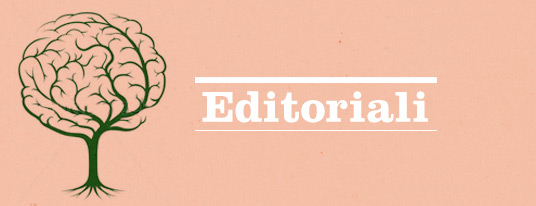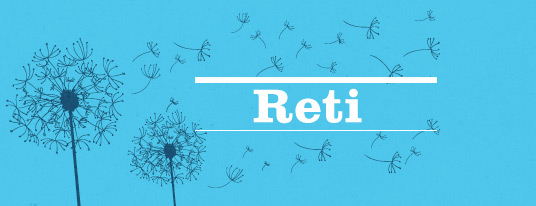BY ANDREW ANASTASI
This essay was first delivered as a talk at the People’s Forum in New York City on November 14, 2024, where comrades gathered to celebrate the publication of Antonio Negri, Story of a Communist, vol. 1, translated by Ed Emery (New York: Eris Press, 2024).
I want to begin by reading a passage from Story of a Communist in Ed Emery’s beautiful translation. Near the end of this first volume, Negri visits New York for the first time. It is 1978 – he is interested in the proletarian insurrection during the blackout of ’77 amid the city’s fiscal crisis, and he meets with comrades through the U.S. workerist journal Zerowork. In his autobiography, Negri frames these particular memories within a larger reflection on the city:
New York has always been for me a dream of happiness and emancipation. I recognised it as the capital of world capitalism and, therefore, as the quintessential place in which revolution could be built and made – within that combination of economic development and political revolution that had always preoccupied Marx. I also recognised in it the simultaneity (which was at the heart of communism as we understood it) of the liberation of oneself and the liberation of the working class.[…] from the blackout to Occupy, New York has always been in the midst of endless struggles.
I am interested in Negri’s distillation here of communism. “The heart of communism as we understood it” was the simultaneous “liberation of oneself and of the working class.” He finds this in New York, but he experiences it in varied ways across his entire life.
Life and death are examined in stunning ways throughout Story of a Communist, but I would like to draw attention to the “red-green” thread running through it: an anti-capitalist environmentalism which grounds many of these reflections. Let us consider where Negri discusses health and the (un-)natural environment in the context of his general affirmation of life, of creative potenza and of collective subjectivation, all set within the context of a brooding class hatred.
Before doing so, I must reckon with the weight of this printed work. In this first volume – 700 pages in English, with second and third installments promising another 1000 once translated, we hope, soon – Negri walks us through his philosophical and political formation. The 1940s of his childhood ground us in family tragedies, including the death of his older brother, who had joined the fascists. The horrors of World War II are rendered in intimate detail, while Negri also documents his interests in the anti-fascist partisan struggles of his native Veneto. During these years, he tells us in hindsight, he learned communism as a way of life, not from a Party but from his grandfather, a day-laborer and militant born in 1870. His will be a communism indeed never of the Italian Communist Party, but of a Dionysian, constituent practice of struggle.
In the 1950s, Negri becomes enmeshed in the Catholic youth activist scene. He devotes himself to studying German historicism, suffers bouts of terrible illness, and begins to travel. It is in the 1950s when he becomes a communist and, incidentally, the youngest professor in Italy – though, by his own admission, he was not then a Marxist. He reads Merleau-Ponty and Lukàcs, joins the Italian Socialist Party, and commits himself to the struggle against poverty, both the rural poverty of his native Veneto and of the Italian South, and the metropolitan poverty of London and especially of Paris, a city which made such a strong impression on him then, and where he would come to spend so many years.
But it is in the 1960s and 1970s, when he joins in the collective experiences of Quaderni Rossi, Classe Operaia, Potere Operaio, and Autonomia,involving himself in the intense struggles of the petrochemical complexes of Porto Marghera in Venice, of the working-class neighborhoods of Milan, and increasingly of the rest of the world, that Negri really begins to flourish as a communist. For Toni, as he often refers to himself in the third person, communism is a creative and collective practice of subversion.
Toni’s communist practice nourishes and is nourished by study, both collective and deeply personal. This study includes, he freely admits, creatively repurposing the works of Marx and Lenin, among others. It should not be forgotten that Negri’s authored analyses in the 1960s and especially in the 1970s of Marx and Lenin were so often carried out through organs of collective study: the circles of Classe Operaia, theInstitute at the University of Padua, the multinational groups of students and comrades gathering in his seminars in Paris, and the autonomous study groups of proletarians in Venetian factories and youth in Milanese neighborhoods.
In these collaborations – his reconstruction of which is painted with loving portraits of dozens of militants – Negri consolidates his communist perspective: on the primacy of working-class struggle over capitalist development, of antagonistic subjectivity against the recuperative dialectic. Negri’s persistent vision of operaismo diverges from that of his onetime comrade Mario Tronti, whose efforts move within the Italian Communist Party, and who considers 1967 the expiration date of that experience. Negri’s operaismo is continually affirmed in the “inventive power” of the grassroots, of proletarians engaged in what he and others have called “self-valorization,” beginning from the refusal of work and increasingly including militant actions beyond the factory, throughout society, from housing occupations to grocery expropriations, utility bill strikes, and beyond.
The amount of detail conveyed in this tome boggles the mind. When Negri reviews, for example, the experience of Classe Operaia, he goes through every publication – all the editorials, each issue’s contradictions, all the leaflets and pamphlets distributed amidst struggles. He offers précis of all his essays and books. And all the way he reconstructs the joys and sorrows of the militant life.
But rather than the impossible task of comprehensive summary, allow me to bring into relief the red-green thread I mentioned above. I am struck by Negri’s discussion of health and environmental hazards in the context of capitalist society, a theme which we increasingly take for granted. Of course, Negri composed these memoirs at a time when the ecological crisis was moving at a pace. But rather than concerning ourselves with anachronism, let us consider why and how this could come to be a theme of his communism.
As I mentioned before, the ecological critique of the young Negri is closely linked to fomenting and fermenting class hatred. This theme was present not only in the mind of Negri but in the campaigns of his comrades. Among the activist workers of Porto Marghera, perhaps his central forge, there developed in the early 1970s a fierce struggle against toxic living and working conditions in and around the petrochemical sector, and the noxiousness, in all senses, of capitalist work. As Lorenzo Feltrin recounts, “this experience was remarkable because it involved workers employed by polluting industries denouncing in both words and deeds the environmental degradation caused by their companies.”
Negri’s biography allows this theme to resonate. In 1963, Negri was teaching at Padua and experiencing the limits of Quaderni Rossi’s sociologism, increasingly embracing, at that time with Tronti, Romano Alquati, and the rest of the “interventionists” a militant co-research invested in producing new subjectivities. A massive hydroelectric dam north of Venice overflowed into the valley below, killing 2500 people. Negri condemns this unnatural disaster, and not only because the dam was manmade. Allow me to quote the passage:
When the water from the Vajont dam flooded Longarone, inundating the villages and the entire valley, our anger was directed without hesitation against the bosses. This was not a question of nature rebelling against whoever tries to impose discipline upon it (as the hacks immediately opined): it was an orchestrated and deliberate outrage that had been signed off on by the employers [… who] cut corners […] hugely increasing the margin of risk to the inhabitants of the valley – so as to extract larger profits from the water of the valleys. They were not only exploiting common goods; they were also putting common life at risk […] impos[ing] even on death the seal of class rule.
He includes a vigorous critique of his university colleagues here, as the administration and professors proffered their expertise to cover for the capitalist disaster. It grows his sense of antagonism. The political-ecological problem reappears in the autobiography three years later, in 1966, when a great flood hits Venice, as they now do with frequency. Here is Negri’s recollection:
There was an extremely violent scirocco wind; the water almost reached the second floor. The friends who were staying at our house that night left by boat through the window. This extraordinary flooding of Venice was partly caused by a sudden and terrible atmospheric conjuncture, but it was due above all to the damaging effects of industry, to the transformation of the lagoon into a sea that was contained within the very large zone of the chemical and oil industry. As with the disaster at Vajont, so also with this monstrous prospect of Venice actually being destroyed; we no longer had to ask ourselves who was responsible. We hated them, the powerful capitalist bosses, and again we promised ourselves that we would destroy them.
After this passage, immediately out of this visceral experience of class hatred, there is an improbable moment of creation. That night, after the flood, Negri and his partner Paola conceive their son Francesco. The affirmation of life and hatred of capital are intertwined.
The red-green thread appears too in Negri’s harrowing accounts of his own chronic illness. Toni has asthma, a disease which can be hereditary but which also, activists have pushed science to recognize, is caused by the experience of manmade environmental hazards, in other words, by proletarian living conditions under capitalism. Though Negri does not make this articulation himself, we can, and we should. Here is how he recounts his first asthma attack as a child:
A pernicious, exhausting illness that can leave you paralysed for days on end. You go to bed with the fear that soon it will grip you, and you get up hoping that your morning wash will help you recover from the exhaustion of the night before. When the attack comes, you feel as if you have accumulated the unhappiness of the world inside your chest: you tremble, your body shakes, your breathing gets faster and faster until, inside you, a little monster strangles you… Sometimes, but only rarely, there is an onset of calm. But this kind of relief from the crisis is a mere illusion and brings no rest; your body and your brain continue to tremble. Then the sickness returns, and only with difficulty do you manage to breathe and think. That can go on for weeks.
From class hatred at Vajont, to the affirmation of life in Venice, here Negri makes the leap all the way from asthma to communism:
Asthma teaches you how fragile life is, how easy it is to die, and that, if you want to live, you have to be able to bear suffering. A fierce will of affirmation was thereby added to all the fragility. Asthma is a powerful sickness. It expresses an extreme paradox: it withdraws you from life for months (and tries every night to strangle you with cunning and with violence), but if you succeed in resisting then you know what it means to die, and you develop a passionate love for life […] it shows you that there is no “bare life” but only life that suffers – weakened, but nonetheless capable of resistance.
As he puts it elsewhere in the book, “You think you’ll never be able to breathe again, and that the whole world is crushing you under its weight. ‘What is a body capable of?’ I asked myself, defying the exhaustion.”
In his chapter “(Not) To Conclude),” Negri paradoxically declares one conclusion: “Viva New York!” Let us bring Negri’s red-green thread back to our New York today. In the past weeks we have experienced what so many others around the world have been suffering for decades, as wild fires have broken out in Brooklyn and the Bronx. On November 13 there was a brush fire in Inwood Hill Park, in upper Manhattan, the last little patch of old forest on this island. A gig worker and resident of Inwood named Lilith said that breathing in the thick smoke of the fire gave her aches. Let us say it with Negri, with Deleuze, with Spinoza: we don’t yet know what this body can do.

















